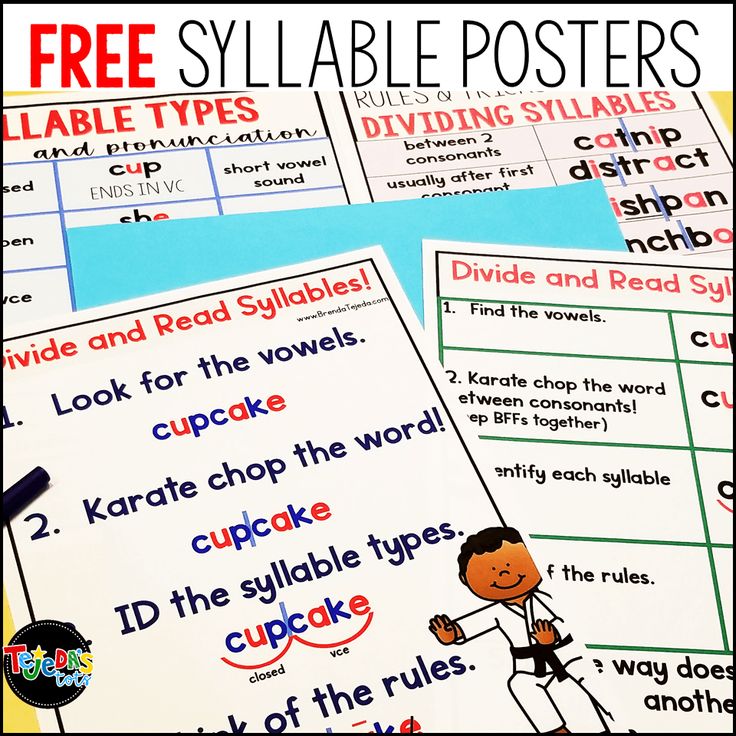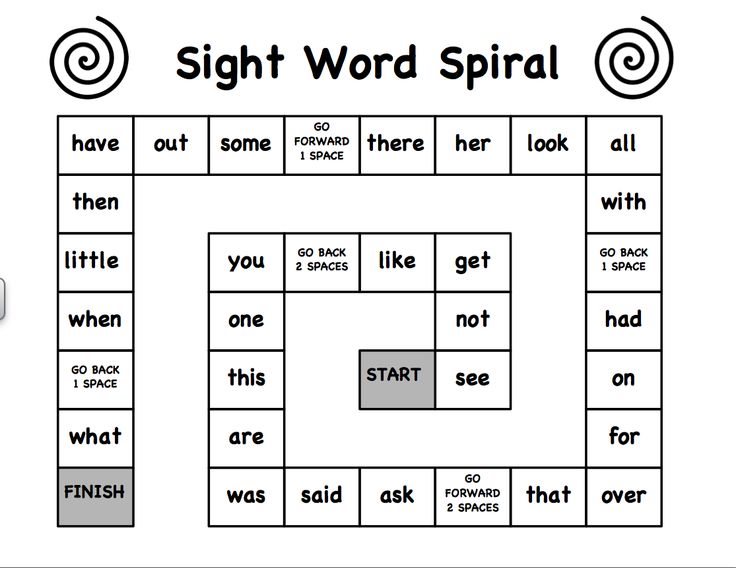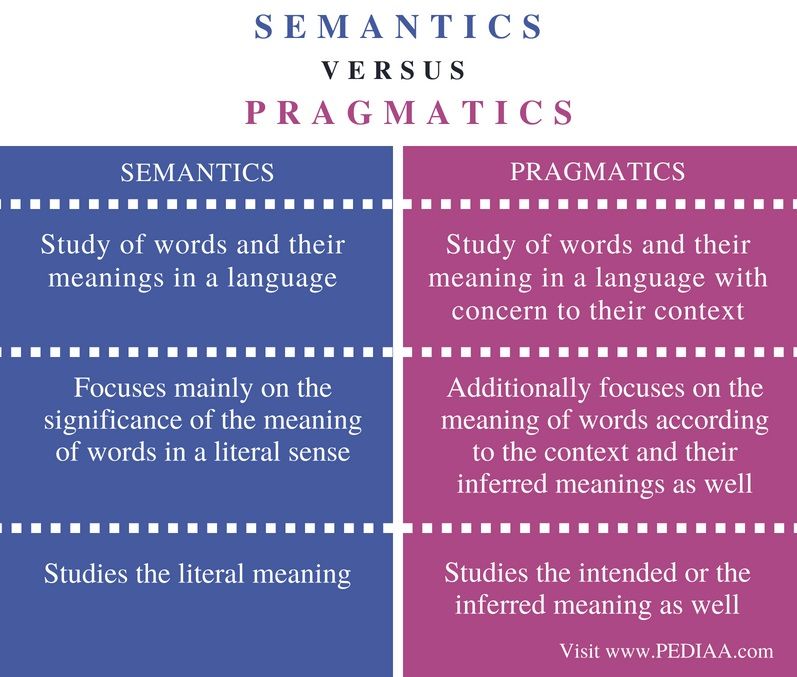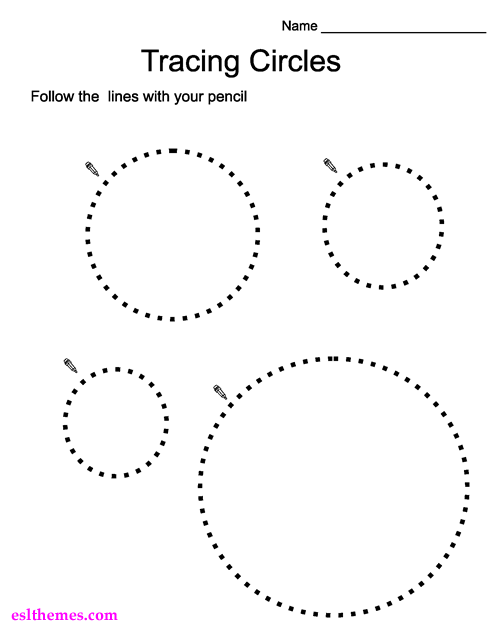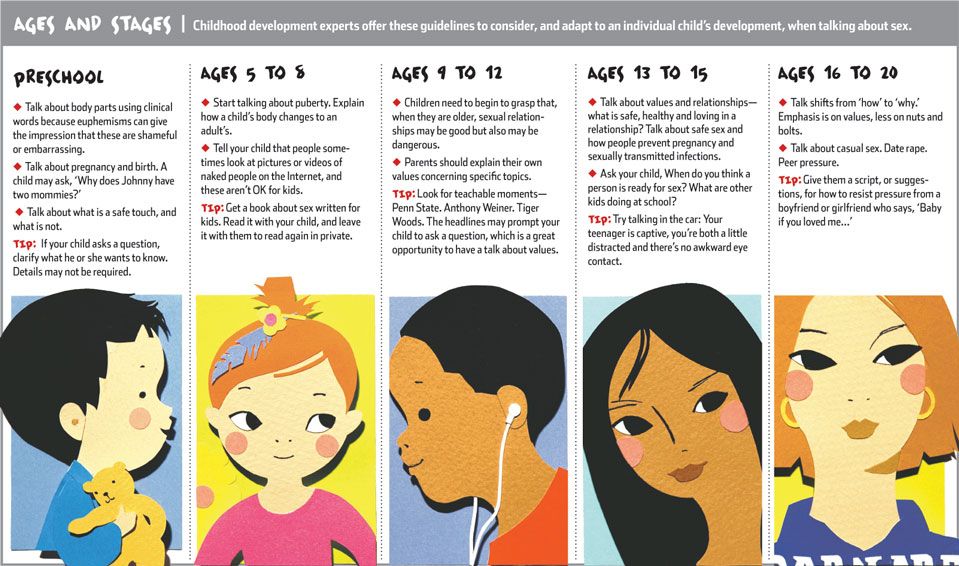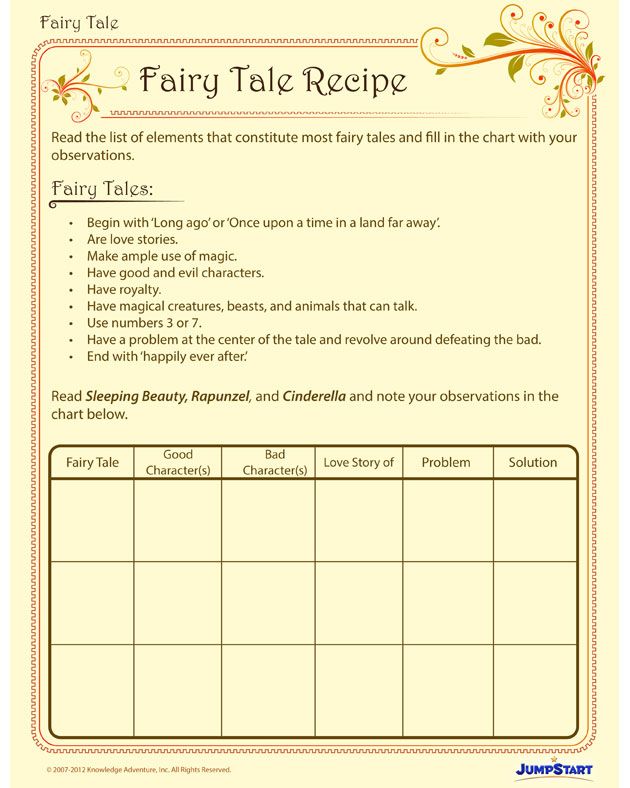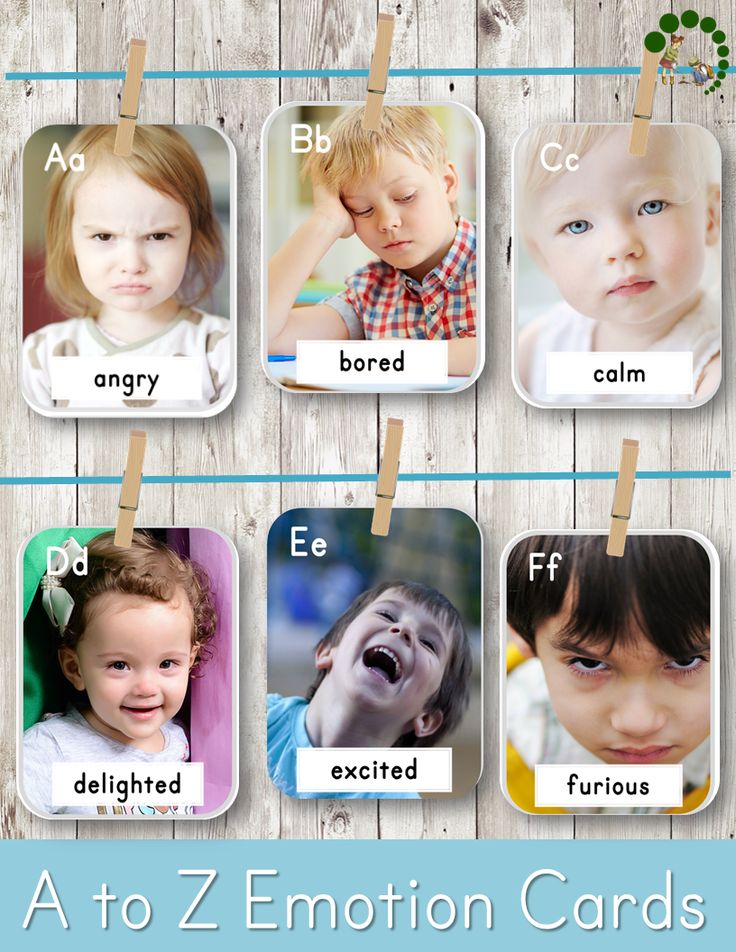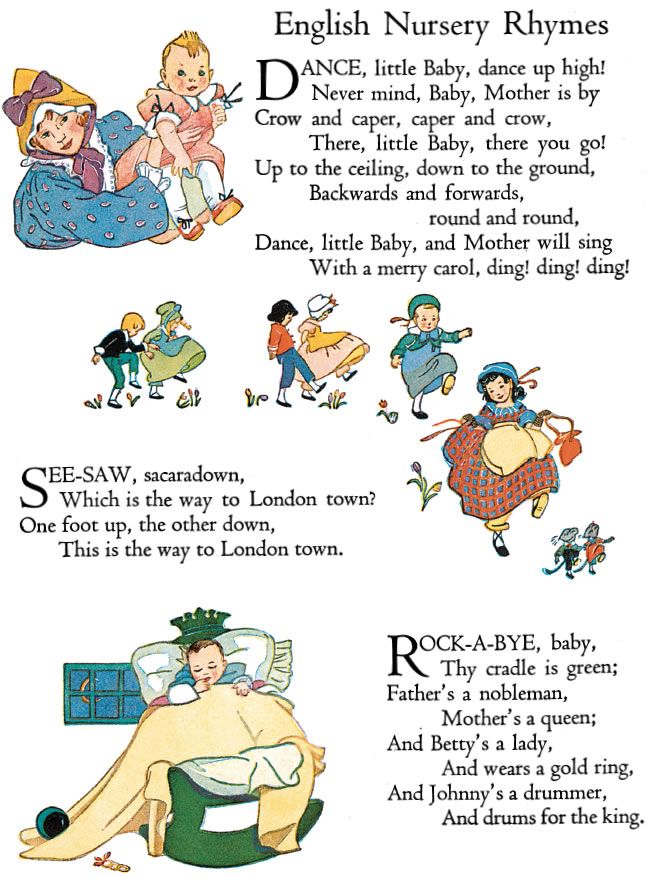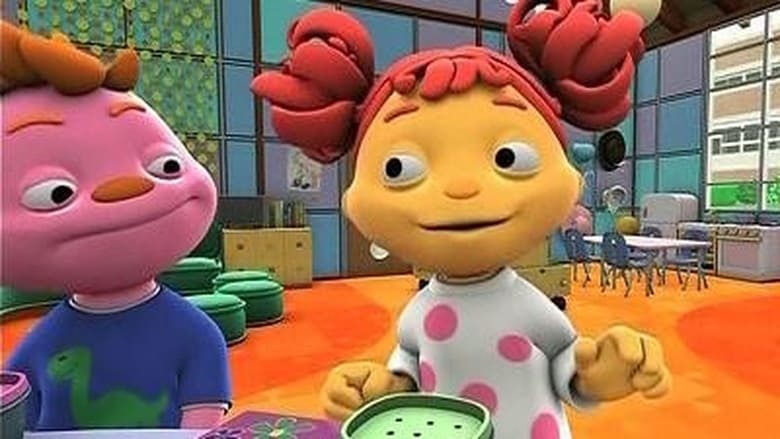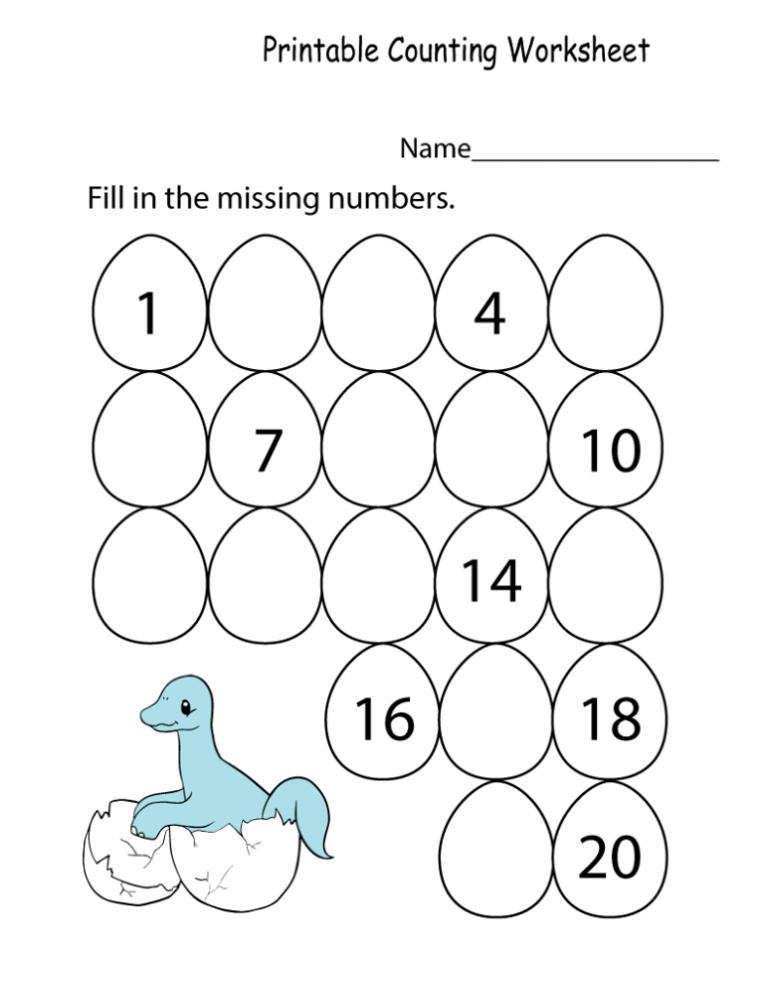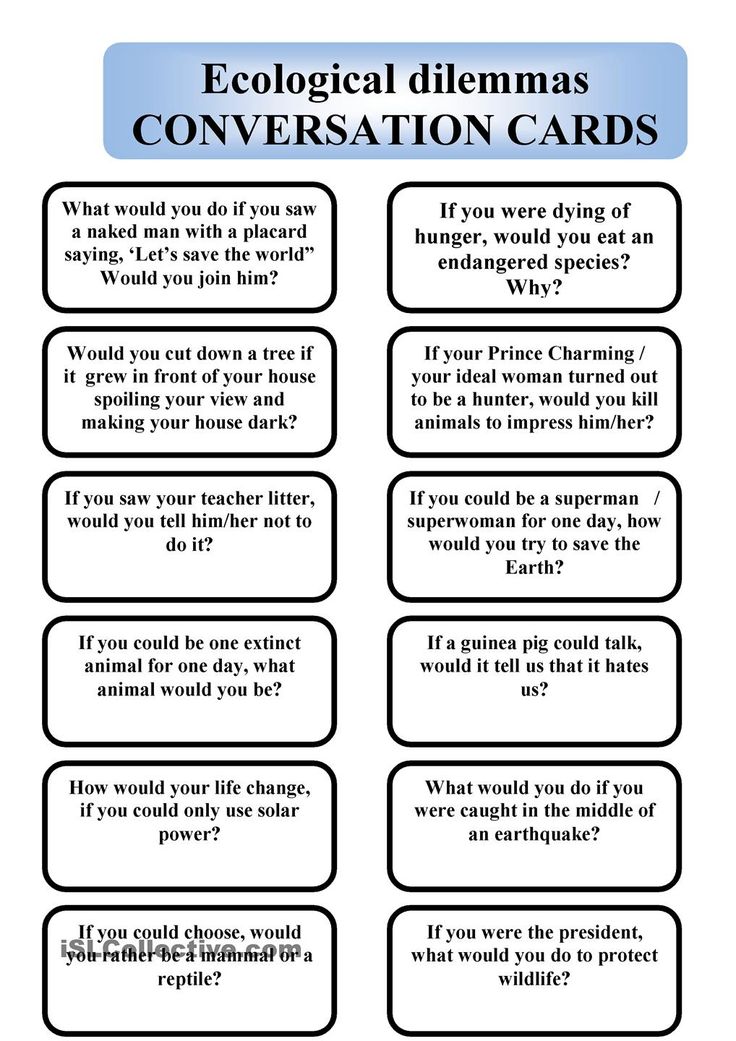Find syllables of words
Syllable Rules: How to count syllables
How Many Syllables
- Syllable
Dictionary - Grammar
- Syllable
Rules - Workshop
- Workshop
- Teacher
Resources
Syllable Rules >> Counting Syllables Examples
First, do you know what a syllable is? Learn Here
- The "Listen Method" Rules
- Say the word.
- How many times do you hear A, E, I, O, or U as a separate sound?
- This is the number of syllables.
- The "Chin Method" Rules
- Put your hand under your chin.
- Say the word.
- How many times does your chin touch your hand?
- This is the number of syllables.
- The "Clap Method" Rules
- Clapping may help you find syllables.
- Say the word.
- Clap each time you hear A, E, I, O, or U as a separate sound.
- The number of claps is the number of syllables.
- The "Robot Speak Method" Rules
- Make believe you are a robot from the year 2000.
- Say a word as this robot.
- Pay attention to the pauses you make.
- How many parts did you break your word into? Example:
- robot = "ro" *pause* "bot"... 2 syllables
- Listen:
- Count the number of vowels (A, E, I, O, U) in the word.
- Add 1 every time the letter 'y' makes the sound of a vowel (A, E, I, O, U).
- Subtract 1 for each silent vowel (like the silent 'e' at the end of a word).
- Diphthong: when 2 vowels make only 1 sound (au, oy, oo)
- Triphthong: when 3 vowels make only 1 sound (iou)

Cite This SourceDownload as PDF
Next: How to divide into syllables.
Fun Fact
The word “alphabet”
comes from Alpha & Beta.
!Get more facts
Syllable Rules >> Counting Syllables Examples
Examples
Take
- 1 syllable: take
- pronounced: tay-k
- Listen:
Bee
- 1 syllable: bee
- pronounced: bee
- Listen:
Taking
- 2 syllables: tak-ing
- pronounced: tay-king
- Listen:
Redo
- 2 syllables: re-do
- pronounced: ree-doo
- Listen:
Dusted
- 2 syllables: dust-ed
- pronounced: dus-ted
- Listen:
Worrying
- 3 syllables: wor-ry-ing
- pronounced: wah-ree-ing
- Listen:
Next: How to divide into syllables.
Bibliography Citations
MLA | APA | Chicago Manual Style
Syllables in Different | Divide Different into Syllables
How many syllables are in different? 3 syllables
Divide different into syllables: dif-fer-ent
How to pronounce different:
US English Accent and Pronunciation:
Your browser does not support the audio element.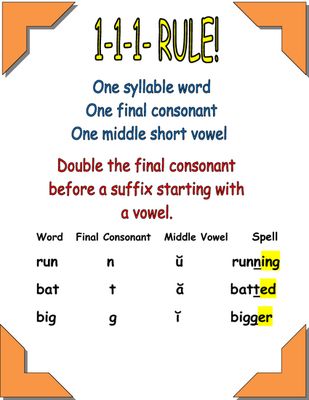
British English Accent and Pronunciation:
Your browser does not support the audio element.
Definition of: Different (New window will open)
Words: differenced, differences, different, differential, differentially
Are you a freelance writer? If so, join our writing community with freelance opportunities, unique promotional opportunities, and free writing tools.
Freelance Writing Opportunities
Different Poems: (See poems with this word. New window will open)
Synonyms and Words Related to
Differentdifferently (4 syllables), another(a) (4 Syllables), antithetic (4 Syllables), antithetical (5 Syllables), assorted (3 Syllables), contrary (3 Syllables), contrasting (3 Syllables), contrastive (3 Syllables), diametric (4 Syllables), diametrical (5 Syllables), differing(a) (4 Syllables), disparate (3 Syllables), dissimilar (4 Syllables), distinct (2 Syllables), distinguishable (5 Syllables), divergent (3 Syllables), divers(a) (3 Syllables), diverse (2 Syllables), opposite (3 Syllables), other (2 Syllables), polar (2 Syllables), several(p) (3 Syllables), unlike (2 Syllables), unusual (4 Syllables), (0 Syllables) alternative (4 syllables), anomalous (4 syllables), another (3 syllables), antithetic (4 syllables), antithetical (5 syllables), assorted (3 syllables), choppy (2 syllables), contrary (3 syllables), contrasting (3 syllables), contrastive (3 syllables), detailed (2 syllables), deviant (3 syllables), diametric (4 syllables), diametrical (5 syllables), discrete (2 syllables),
Three syllable words that rhyme with Differentdifferent, indifferent Four syllable words that rhyme with Differentindifferent |
What do you think of our answer to how many syllables are in different? Are the syllable count, pronunciation, words that rhyme, and syllable divisions for different correct? There are numerous syllabic anomalies found within the U.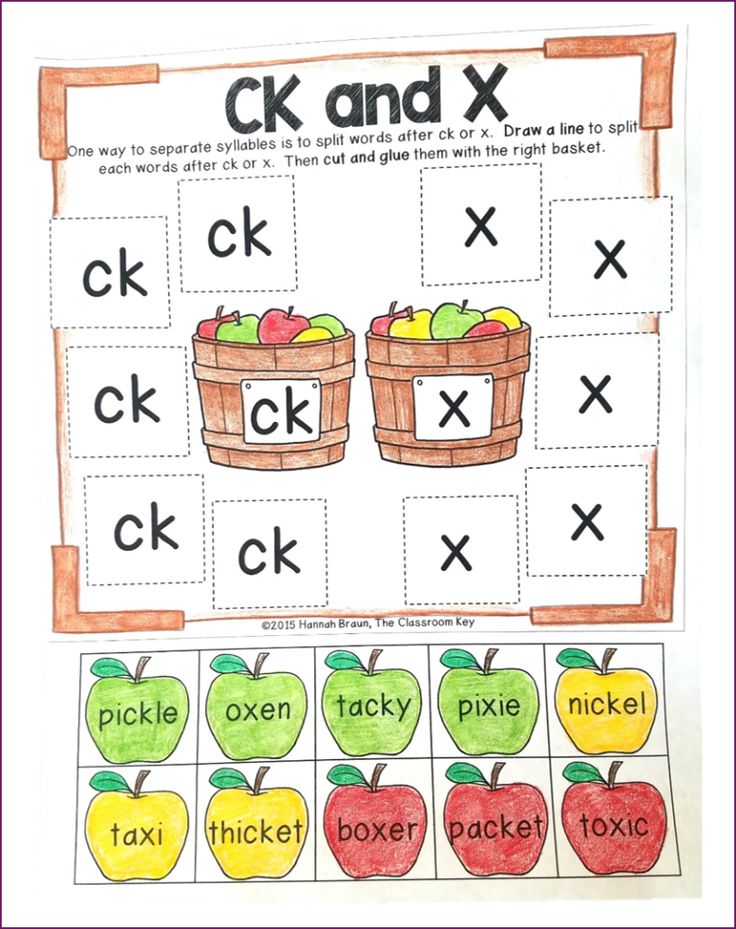 S. English language. Can different be pronounced differently? Did we divide the syllables correctly? Do regional variations in the pronunciation of different effect the syllable count? Has language changed? Provide your comments or thoughts on the syllable count for different below.
S. English language. Can different be pronounced differently? Did we divide the syllables correctly? Do regional variations in the pronunciation of different effect the syllable count? Has language changed? Provide your comments or thoughts on the syllable count for different below.
A comprehensive resource for finding syllables in different, how many syllables are in different, words that rhyme with different, how to divide different into syllables, how to pronounce different in US and British English, how to break different into syllables.
Dividing words into syllables - rules, examples, schemes
Dividing words into syllables is performed in accordance with the number of vowels, and also taking into account the peculiarities of the sound composition of words.
This article will focus on the phonetic syllable, how to correctly divide words into syllables. We take into account that the phonetic division into syllables does not always coincide with the spelling of words.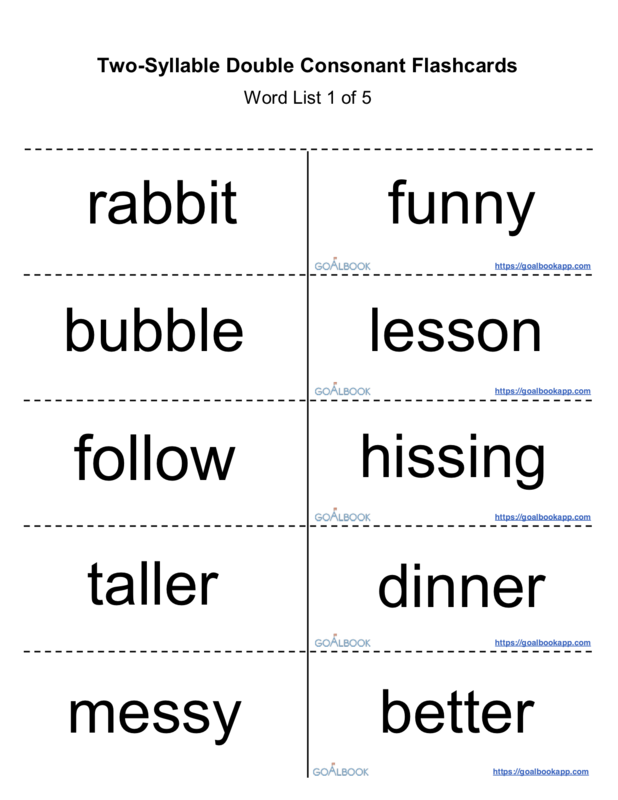
What is a syllable?
In speech, all words of the Russian language consist of minimal sounding units - syllables. Let's define what a phonetic syllable is.
Definition
The phonetic syllable is the smallest unit of speech that consists of a vowel or a vowel with one or more consonants. The syllable is pronounced with one push of exhaled air.
A vowel forms a syllable. A syllable always has only one vowel. It can independently create a phonetic syllable, as well as in combination with one or more consonants. The consonants cluster around a single vowel. In this regard, according to the sound composition, three types of syllables are distinguished:0003
1. The syllable is one vowel sound:
- A-DRES
- and-dollars O-Strov
- U-Kor
- E-TUD 9,0002 2 . The syllable is a vowel with a consonant:
- ARO-TO
- CO-LO-MA
- beautiful
- stars
- bargain
3.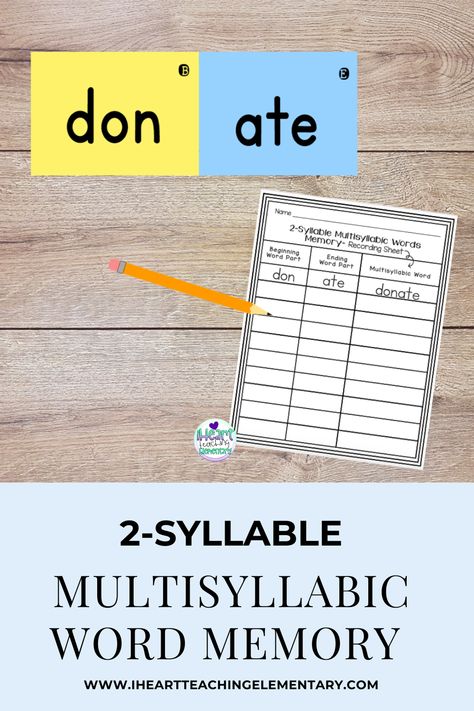 The syllable forms a vowel with several consonants:
The syllable forms a vowel with several consonants:
Open and closed syllables
Syllables are open and closed. In the words of the Russian language, most syllables are open. Open syllables organize all vowels alone or in combination with a consonant sound:
Closed syllables form all consonants at the end of words:
- nail
- cover
- blue
- steam-cart 902
Unpaired voiced consonants [d'], [l], [l'], [m], [m'], [n], [n'], [p], [p'] can form a closed syllable in any phonetic position: at the beginning, in the middle and at the end of words:
- zer-ka-lo
- Bol-tic
- sa-rai-chik
- sa-ra-fan .
How to properly divide words into syllables?
Words are divided into phonetic syllables according to the number of vowels.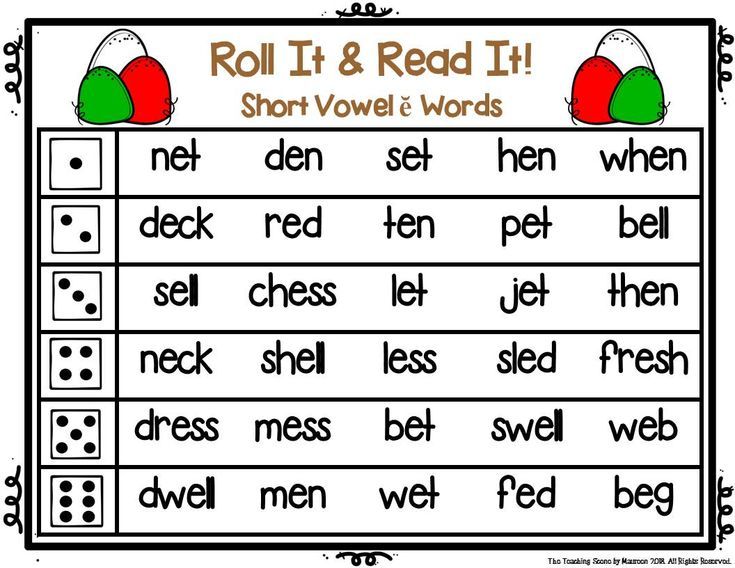 A word contains as many syllables as it has vowels. One vowel sound surrounded by consonants creates a monosyllabic word that is not divided into syllables:
A word contains as many syllables as it has vowels. One vowel sound surrounded by consonants creates a monosyllabic word that is not divided into syllables:
In order to be able to divide a word into syllables, it must contain at least two vowels that form disyllabic words: -face.
If the sonorant consonant is between two vowels , then it goes to the next syllable:0024 ko-ryst
When dividing into syllables, we take into account that the syllable ends with a vowel, and the group of subsequent noisy consonants, in combination with a sonorant sound or without it, departs at the syllable boundary to the next phonetic syllable:
- bottle
- building.
Only unpaired voiced consonants in the middle of a word can close a syllable:
- Al-Fa-Vit
- Stroy
- Kvar-Tal
- LAN-DI-SHE
- Be-SSHUM.
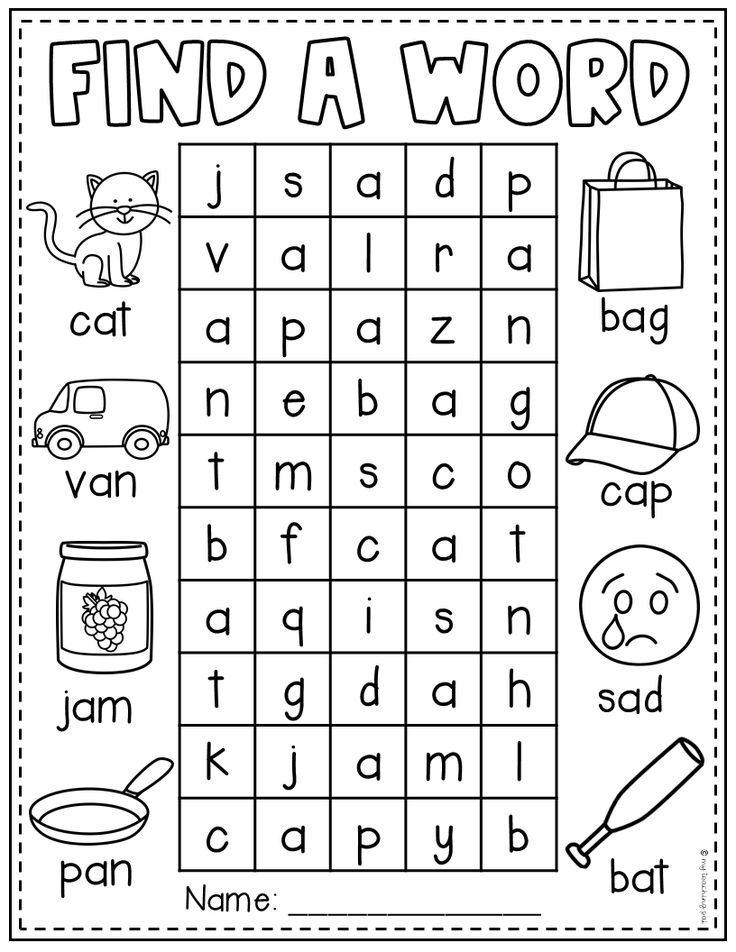
If the word has the same consonants, then they begin the following phonetic syllable:
- PRO-gram
- TE-NEN-EXIS
- -ra-llel.
This syllable is phonetic and does not coincide with orthographic hyphenation of words with double consonants.
letters “Y”, “B”, “Kommersant” owns the syllable, after which they write:
- Rei
- Clap-I
- Use- yum.
Let us indicate the order of dividing words into syllables using the following algorithm.
Algorithm for dividing words into syllables
- read the word;
- emphasize vowel sounds;
- count the number of vowels;
- let's see if the word has double consonants, unpaired voiced consonants, "b" or "b" ;
- we divide the word after each vowel into syllables, taking into account the indicated features.
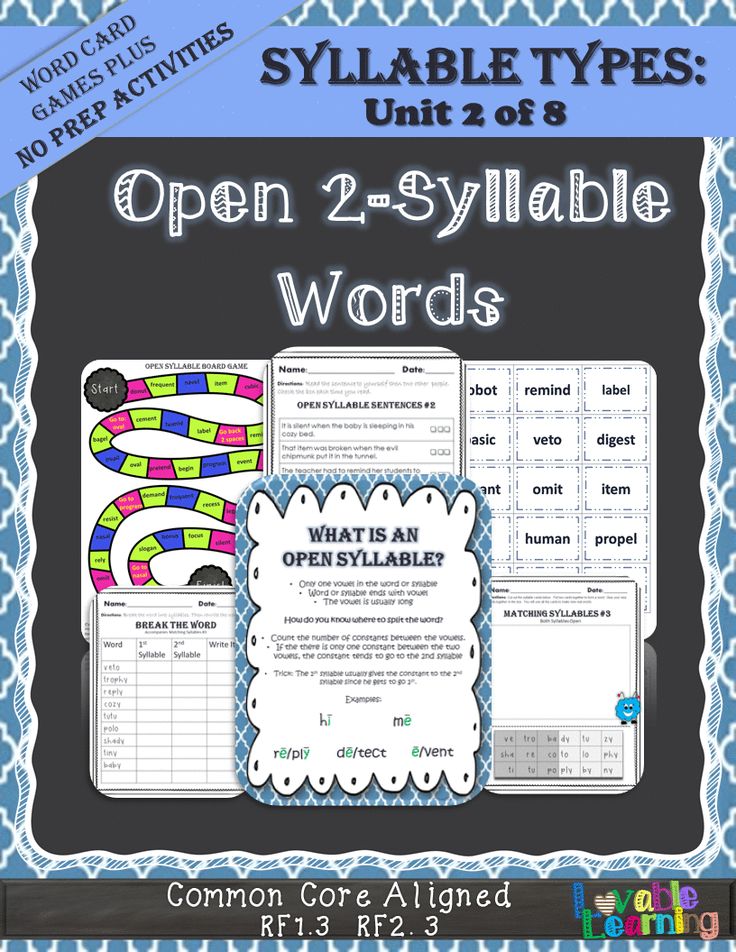
Examples
1. nightingale
This word has 4 vowels that form the same number of syllables. A soft dividing sign is written in the middle. We divide the word into four phonetic syllables. We leave a soft sign after the consonant, indicated by the letter "v" :
so-lov-i-ny
In this word, two syllables are open, and the third and fourth syllables close respectively the voiced consonant "v" and the unpaired voiced consonant, indicated by the letter "th" » .
In accordance with this division into syllables, we transfer this word from one line to another in three ways:
2. participation
In this word, we indicate 4 vowel sounds that organize four phonetic syllables:
u-part-e
All syllables are open. The first and last syllable form vowels on their own. The third syllable is a vowel with noisy consonants.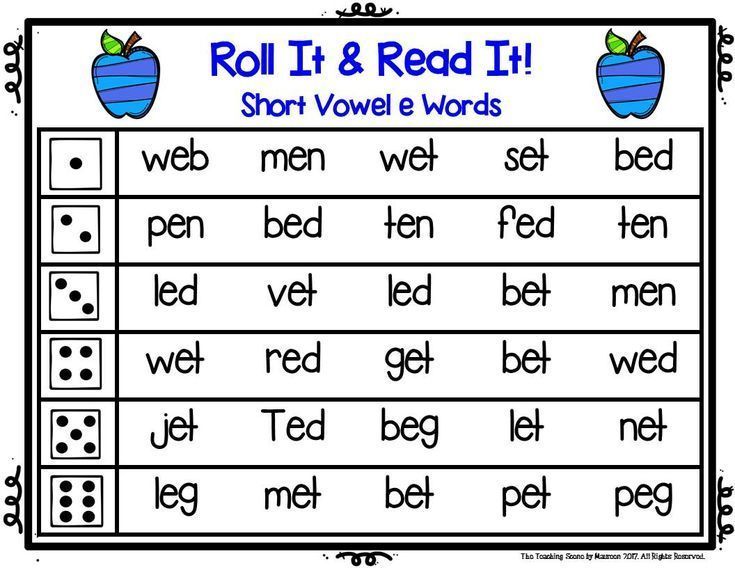
In accordance with this phonetic syllable division, a word cannot be transferred, since one letter, even constituting a syllable, does not remain on the line and is not transferred to the next. Let's attach them to the next and previous syllable and get the correct variant of word transfer by syllables:
participation
video “Division of words into syllables”
Division of words into syllables-Rules (1 class)
4
Average rating: 4
Total estimates: 727.
. .Updated July 5, 2022
4
Average rating: 4
Total ratings received: 727.
Updated July 5, 2022
When studying phonetics, schoolchildren, starting from grade 1, not only characterize sounds, but also divide words into syllables.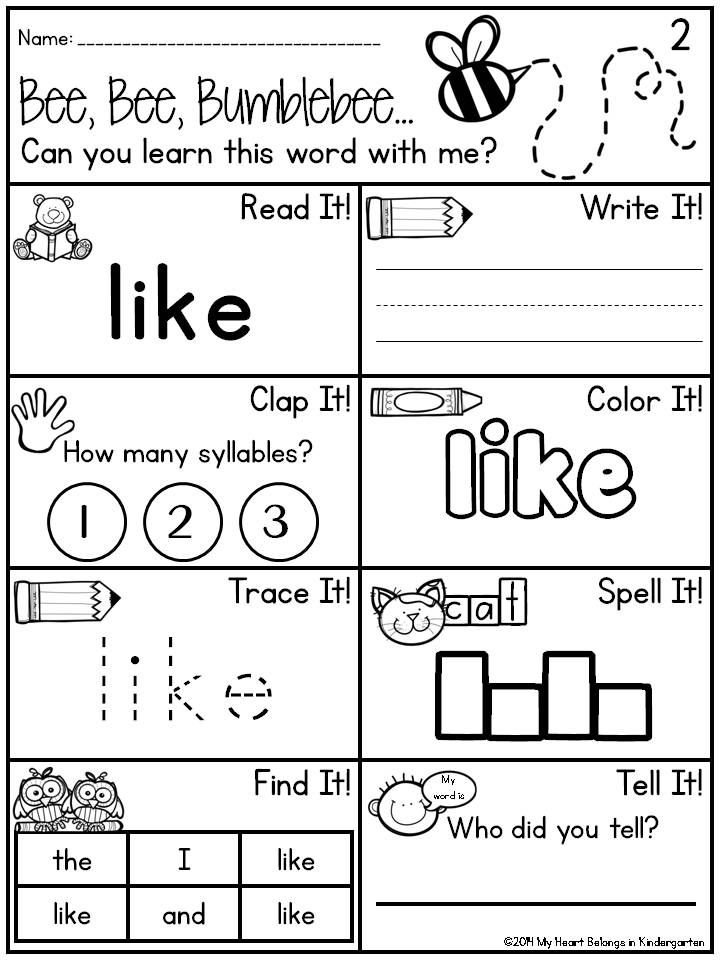 Dividing words into syllables is somewhat difficult, and now we will find out how to cope with the task without errors.
Dividing words into syllables is somewhat difficult, and now we will find out how to cope with the task without errors.
The material was prepared jointly with the teacher of the highest category Kuchmina Nadezhda Vladimirovna.
Experience as a teacher of Russian language and literature - 27 years.
What is a syllable
A syllable is an element of a word that we pronounce on one push of air.
The vowel is the syllabic sound in Russian. That is, the syllable must necessarily have a vowel sound, it forms the basis.
Sometimes, if a word contains three or four consonants side by side and among them there is a sonorant [p] or [l], it takes on a syllable-forming function: Alexander, meaning. Then we pronounce the word with a slight overtone near the syllabic consonant. But at school, such a syllable is not accepted.
In addition to the vowel, consonants may appear in the syllable, but they may not be: o-sen .
Syllables are open (ending in a vowel) and closed (ending in a consonant).
Once in Russian there were only open syllables; in the process of language development, a number of vowels disappeared, the number of syllables decreased and some of them became closed.
How to divide into syllables
There are two phonological schools: Moscow and Leningrad. They have different rules for dividing words into syllables. Most often, school textbooks use the system proposed by R. I. Avanesov (Moscow Phonological School). From his point of view, the syllable division takes place in the place of the greatest difference in sonority. This means that open syllables predominate because the vowel is much more sonorous than almost any consonant. Example : ko-hundred-chka, Lu-dmi-la, simple .
However, if a vowel is followed by a sonorant one (l, m, n, p, d), followed by a noisy one, then the difference in sonority between sonorant and noisy is greater than between the vowel and sonorant, and then the syllable division passes between sonorant and noisy: space .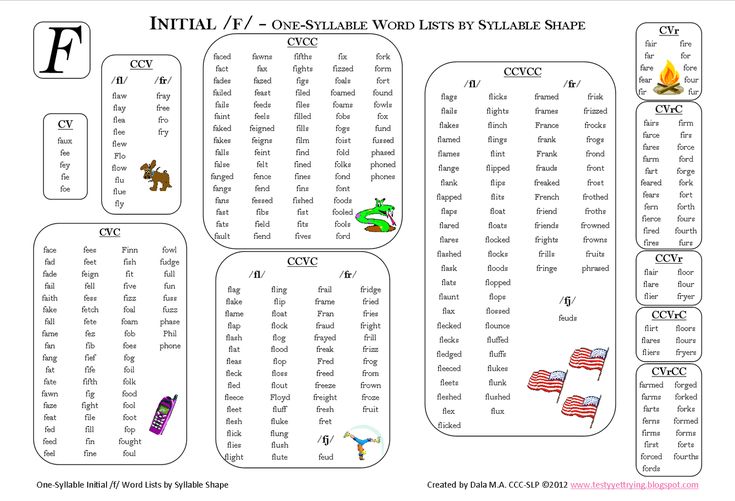
Does the division of words into syllables and division for hyphenation coincide?
The division of a word into syllables is related to the phonetic (sound) analysis of the word. We divide the word for transfer, taking into account the division into syllables, but still according to morphemes. That is, the transfer, if possible, passes along the border of morphemes.
Let's say if the word has a double consonant (laugh) , when divided into syllables, the double consonant always goes into the next syllable (ra-ss-me-s) , when transferring, it is supposed to leave one letter on one line, and transfer the other (transfer division: ras-laugh ). Most often, the word is carried over by syllables, but there are exceptions. The rule that a word is hyphenated means that you cannot hyphenate a part of a word that does not contain vowels.
What have we learned?
When dividing a word into syllables, one should be guided by the concept of sonority and draw a syllable boundary between maximum and minimum sonorous sounds.